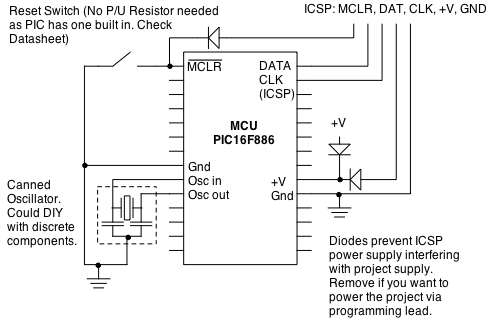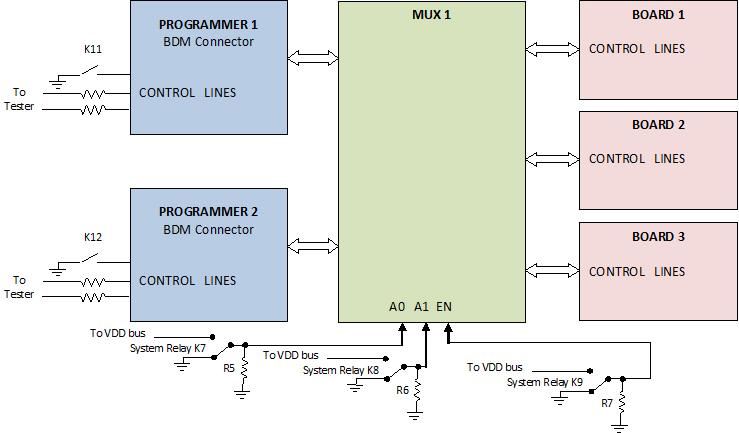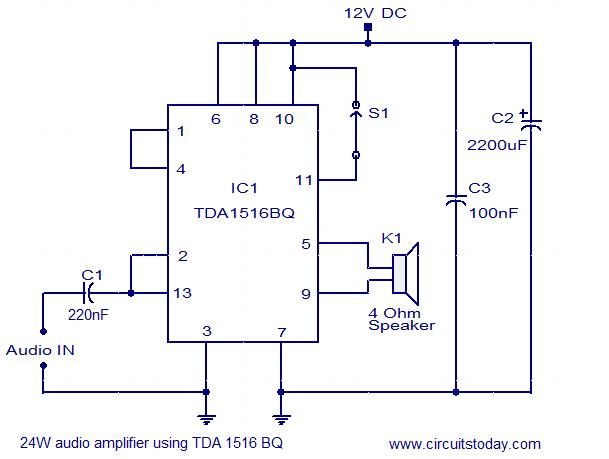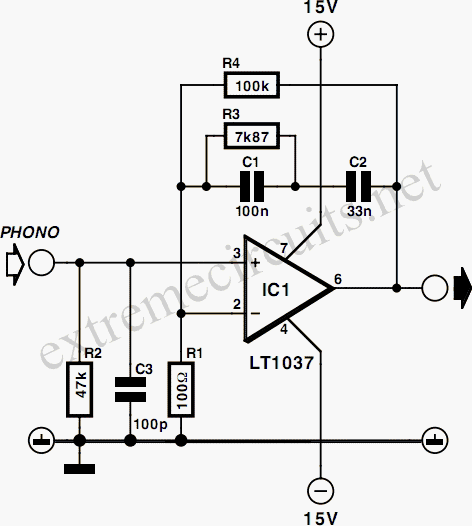
Using OP37 preamp
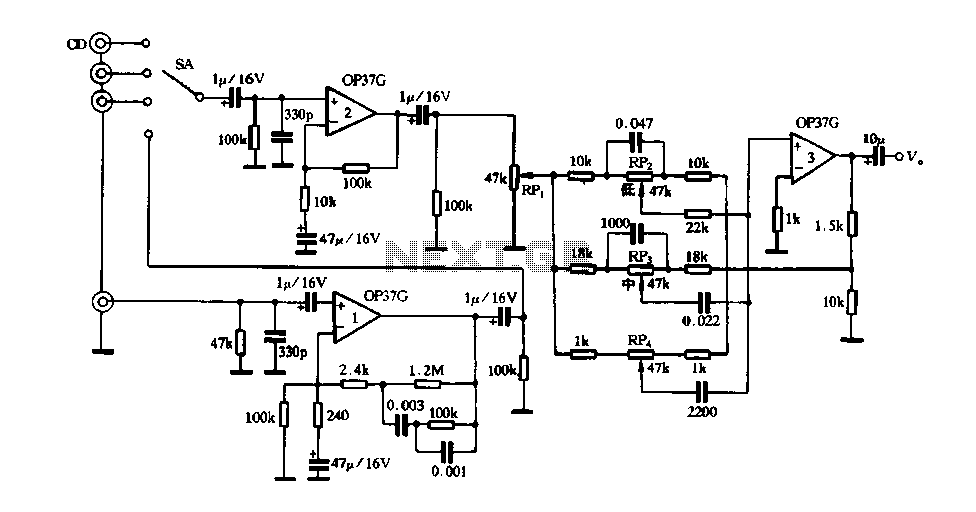
Figure 3 illustrates a circuit featuring the OP37, which is a multi-preamplifier configuration. The OP37 offers superior performance compared to the NE5534 integrated operational amplifier, as indicated in Table 3-3, which contrasts the parameters of both circuits. The table shows that the OP37 has a higher conversion rate, greater open-loop gain, lower noise voltage, and a higher common-mode rejection ratio. This operational amplifier is part of an electromagnetic phono input equalization circuit that adheres to RIAA standards. The design includes line amplifiers suitable for use with players, tape recorders, microphones, and line inputs, selectable via the input switch SA. The circuit, comprising IC3 and the resistors RP2 to RP4, along with an associated resistor-capacitor network, implements high, medium, and bass tone control. A 15V power supply circuit utilizes a symmetrical positive and negative power supply to enhance circuit performance. High-quality RC components are employed to ensure the technical specifications are met.
The OP37 operational amplifier is recognized for its high-performance characteristics, making it an ideal choice for audio applications that require precision and fidelity. The multi-preamplifier setup enhances the signal integrity, allowing for effective amplification of weak audio signals from various sources such as turntables, microphones, and tape recorders.
The tone control section, which is critical for tailoring the audio output to suit different listening environments and preferences, is achieved through a well-designed resistor-capacitor network. This network allows for independent adjustment of high, medium, and low frequencies, ensuring that the audio output can be finely tuned.
The symmetrical power supply circuit provides stable voltage levels necessary for the proper functioning of the OP37 and other components in the circuit. This configuration not only minimizes noise but also enhances the overall performance of the audio equipment by ensuring that the operational amplifiers operate within their optimal voltage range.
The use of high-quality RC components is essential in maintaining low noise levels and achieving high fidelity in audio applications. These components are selected based on their specifications to ensure that they meet the rigorous demands of audio signal processing, thus contributing to the overall reliability and performance of the circuit.
In summary, the circuit design leveraging the OP37 operational amplifier, along with its associated components and power supply configuration, exemplifies a robust solution for high-quality audio amplification and processing, adhering to established standards and ensuring superior audio performance.FIG. 3 a king in Figure 5, the circuit OP37 composed of multi-preamplifier o OP37 is a ratio of better performance NE5534 integrated operational amplifier circuit, Table 3-3 li sts the parameters of contrast between the two. Contrast can be seen from the table, OP37 has a higher conversion rate, a higher open-loop gain, lower noise voltage and higher common mode rejection ratio, is a pun on operational amplifier of the Emperor O Icl composition electromagnetic phono input equalization circuit, it is consistent with RIAA standards. I composed Pakistan line amplifiers, for player, tape recorder, microphone and line input, etc., selected by the input switch SA.
By the IC3 and RP2 ~ RP4 and resistor-capacitor network has formed a high, medium and bass tone control circuit controls. 15V power supply circuit using the symmetrical positive and negative power supply, in order to enhance performance o circuit element circuit using high-quality RC element, in order to ensure its technical indicators.
The OP37 operational amplifier is recognized for its high-performance characteristics, making it an ideal choice for audio applications that require precision and fidelity. The multi-preamplifier setup enhances the signal integrity, allowing for effective amplification of weak audio signals from various sources such as turntables, microphones, and tape recorders.
The tone control section, which is critical for tailoring the audio output to suit different listening environments and preferences, is achieved through a well-designed resistor-capacitor network. This network allows for independent adjustment of high, medium, and low frequencies, ensuring that the audio output can be finely tuned.
The symmetrical power supply circuit provides stable voltage levels necessary for the proper functioning of the OP37 and other components in the circuit. This configuration not only minimizes noise but also enhances the overall performance of the audio equipment by ensuring that the operational amplifiers operate within their optimal voltage range.
The use of high-quality RC components is essential in maintaining low noise levels and achieving high fidelity in audio applications. These components are selected based on their specifications to ensure that they meet the rigorous demands of audio signal processing, thus contributing to the overall reliability and performance of the circuit.
In summary, the circuit design leveraging the OP37 operational amplifier, along with its associated components and power supply configuration, exemplifies a robust solution for high-quality audio amplification and processing, adhering to established standards and ensuring superior audio performance.FIG. 3 a king in Figure 5, the circuit OP37 composed of multi-preamplifier o OP37 is a ratio of better performance NE5534 integrated operational amplifier circuit, Table 3-3 li sts the parameters of contrast between the two. Contrast can be seen from the table, OP37 has a higher conversion rate, a higher open-loop gain, lower noise voltage and higher common mode rejection ratio, is a pun on operational amplifier of the Emperor O Icl composition electromagnetic phono input equalization circuit, it is consistent with RIAA standards. I composed Pakistan line amplifiers, for player, tape recorder, microphone and line input, etc., selected by the input switch SA.
By the IC3 and RP2 ~ RP4 and resistor-capacitor network has formed a high, medium and bass tone control circuit controls. 15V power supply circuit using the symmetrical positive and negative power supply, in order to enhance performance o circuit element circuit using high-quality RC element, in order to ensure its technical indicators.
